In traditional broadband RF applications such as radars, scanning receivers, cable infrastructure, and meters, a single receiver link is usually not wide enough to cover the entire useful bandwidth. Multiple parallel signal links are often used to simulate a single wideband receiver link. This results in higher cost and complexity and longer design time. Therefore, reducing parallel paths is a top priority for all receiver designs. These wideband RF receivers are very useful, they are even suitable for narrowband applications and can be reused for products that differ only slightly due to software modifications, thus saving overall engineering time and reducing production costs.
The LTC5510 is a 1MHz to 6GHz active mixer that delivers high performance over a wide input bandwidth. The device can be used in both upconversion and downconversion applications with flexible power supplies and low power during shutdown. Very low (0dBm) LO drive level.
Figure 1 shows a dual conversion receiver with an available bandwidth of 30MHz to 2GHz. In general, two to three parallel links are required to cover this bandwidth. With the LTC5510, this bandwidth can be easily covered with a single circuit.
description
In Figure 1, the RF input signal ranging from 30 MHz to 2 GHz is first filtered by a preselector. The first LTC5510 uses high side LO injection to upconvert the signal to 2.5 GHz intermediate frequency (IF). By upconverting to an IF above the highest input signal frequency, the image frequency signal can be easily filtered out before entering the second stage frequency conversion. The second LTC5510 then downconverts the signal to 140 MHz, which is further filtered and processed.

Figure 1: Block diagram of a dual conversion receiver.
The measured power gain, IIP3, and noise figure of the entire signal link are shown in Figures 2 and 3.
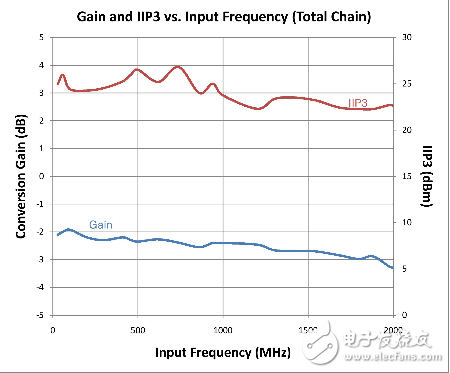
Figure 2: Received receiver gain and IIP3.

Figure 3: Measured receiver noise figure.
When attempting to receive such a wide range of signals, some unexpected mixing components may contaminate the output signal. It is important to measure the attenuation of these signals to ensure they do not affect RF link performance. In the RF link shown in Figure 1, the most problematic mixing component is LO-(2 & TImes; RF), which happens to fall on 2.5 GHz IF. The measured 2 & TImes; 1 spurious noise of the mixer 1 is shown in Fig. 4.
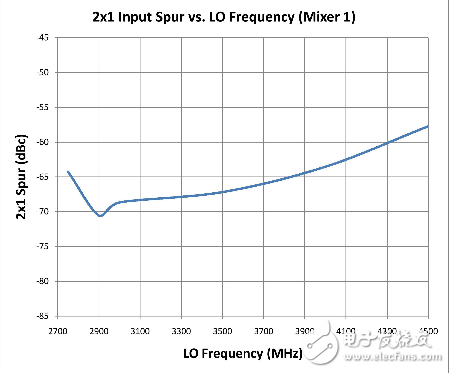
Figure 4: 2&TImes;1 spurious noise performance of mixer 1.
Figure 5 shows the complete schematic of the two-stage receiver.
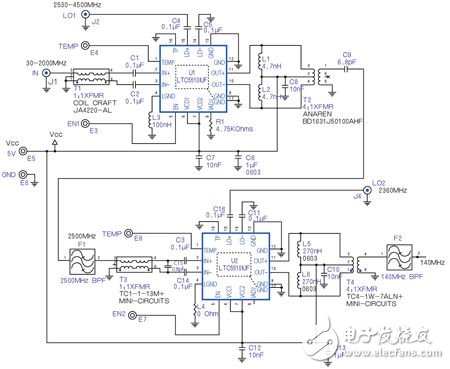
Figure 5: Complete schematic of the double conversion receiver.
to sum up
The LTC5510 active mixer provides high performance in both upconversion and downconversion applications. Its unique wideband 50Ω matched input makes this device especially suitable for high performance wideband receivers while reducing overall solution cost and simplifying design. In addition, the higher frequency version of the signal link (also using the LTC5510) can be changed to a parallel link to provide a wider total bandwidth when needed.
The PZDK series lithium battery smart charger has a flexible human-machine dialogue function and is a human-machine interface with a color touch screen. It is a smart charging device developed according to the battery pack (group) charging technology requirements of AGV (Automatic Guide Vehicle). It uses a microprocessor as the main control unit for intelligent charging of AGVs and other electric vehicles.
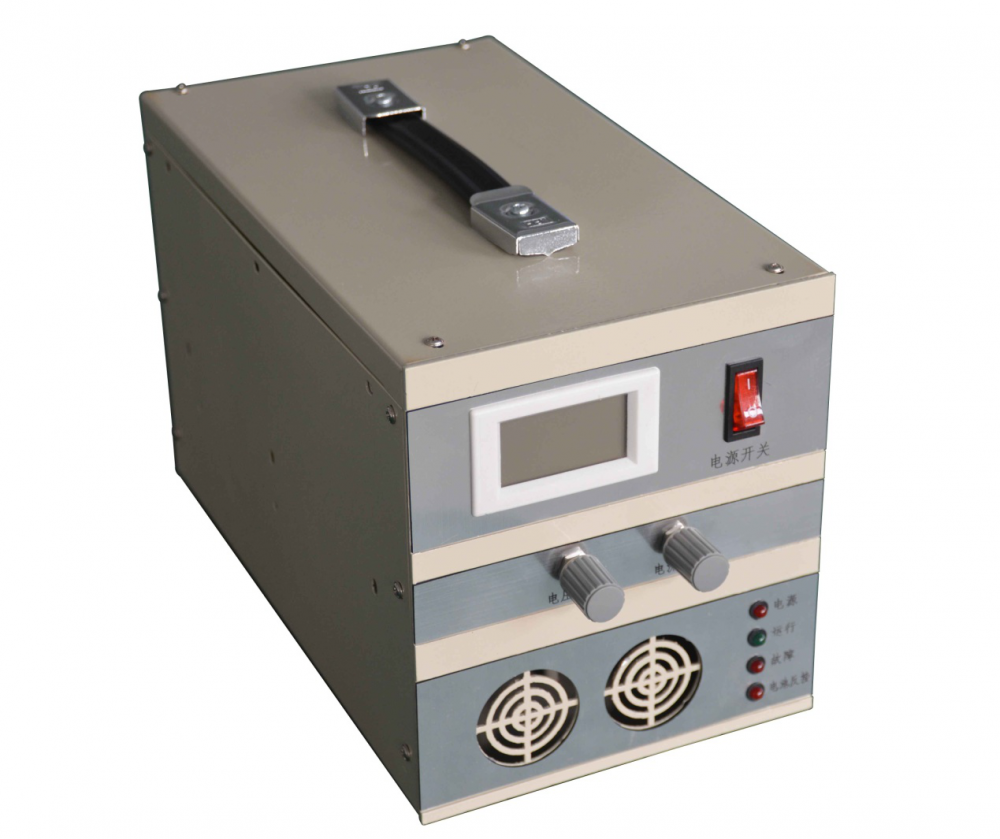
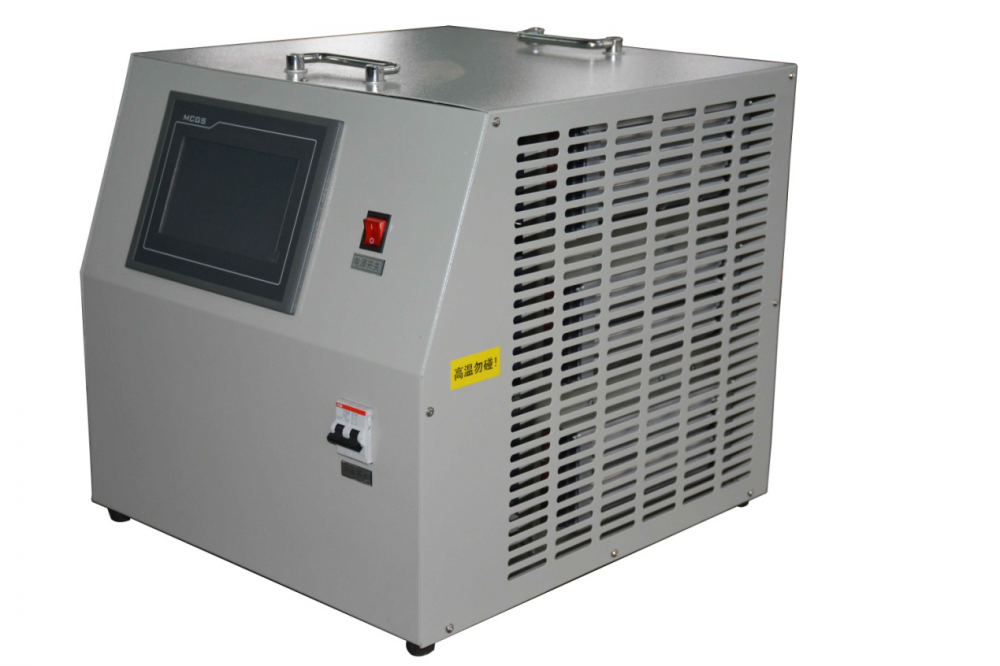
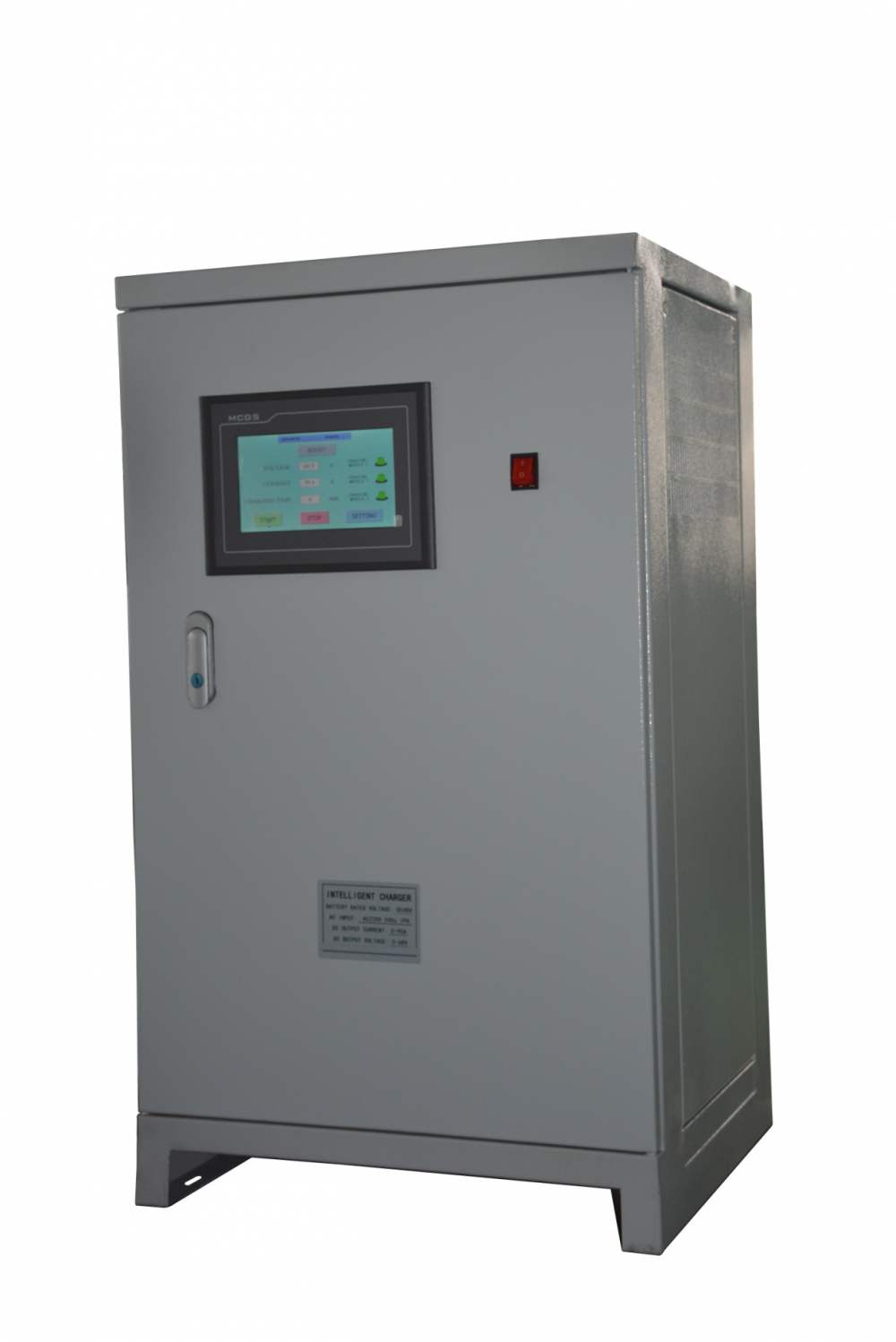


Lithium Ion Battery Charger,Lithiumion Battery Charger,Intelligent Fast Charger,Lithium Battery Charger
Xinxiang Taihang Jiaxin Electric Tech Co., Ltd , https://www.chargers.be
